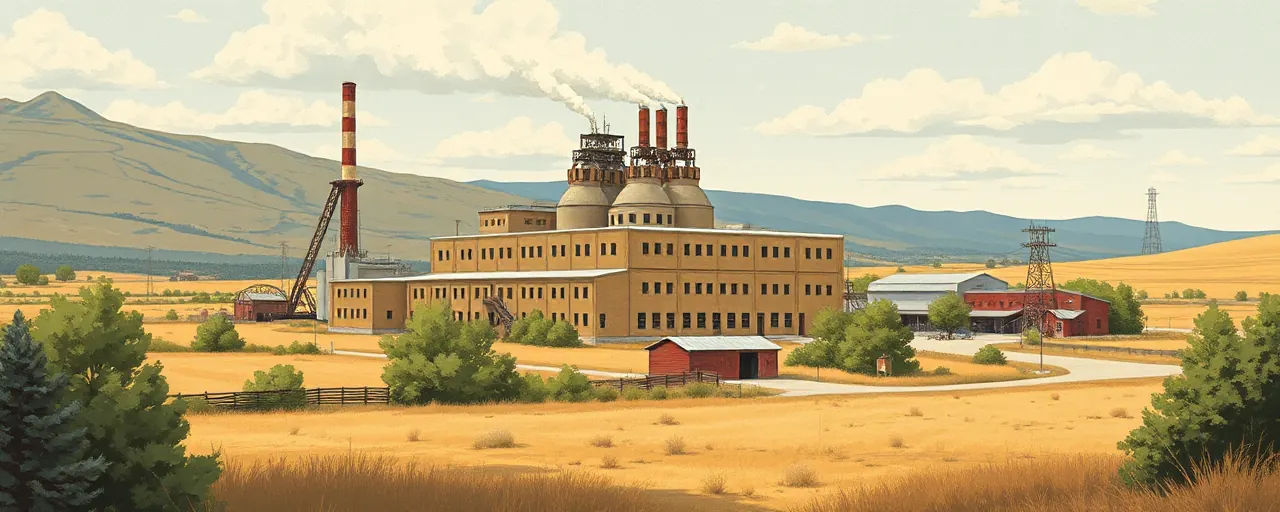A Looming Deadline for Manufacturers
U.S. manufacturers are bracing for change as a two-year period of tariff relief, designed to ease the transition for supply chains reliant on Chinese imports, comes to a close. Howard Lutnick, a key figure in trade discussions, emphasized that the agreed-upon timeframe was set to give companies enough runway to reconfigure their operations. With no third year of relief on the horizon, businesses now face the full weight of Section 301 tariffs on a range of Chinese goods, a shift that could reshape costs and strategies across the sector.
The tariff exclusions, part of a broader U.S. trade strategy, were meant to soften the blow for companies dependent on specific imports, like machinery and medical supplies, while encouraging a pivot to alternative suppliers. As the deadline approaches, manufacturers are under pressure to adapt, with some racing to secure new sourcing options and others grappling with rising costs. The stakes are high in a sector already navigating labor shortages, inflation, and global uncertainties.
This moment marks a turning point for U.S. manufacturing, which has been on a slow but steady path to recovery since the disruptions of the COVID-19 pandemic. Government incentives and a push for domestic production have fueled optimism, but the end of tariff relief introduces fresh hurdles. For businesses and workers, the question is how these changes will ripple through supply chains and local economies.
The Tariff Tightrope
The Section 301 tariffs, first imposed in 2018, targeted Chinese goods to counter practices like intellectual property theft and forced technology transfers. To cushion the impact on U.S. firms, exclusions were granted for certain products, with 164 extended through May 31, 2025, particularly for manufacturing machinery and medical supplies. However, 265 exclusions expired in June 2024, leaving many goods subject to tariffs that can reach 25%. The U.S. Trade Representative has urged companies to source elsewhere, but finding viable alternatives remains a challenge for some.
Manufacturers argue that the two-year relief period gave them breathing room to diversify supply chains, yet not all have succeeded. Smaller firms, in particular, face steep costs in retooling operations or identifying new suppliers. Larger corporations, like those in tech and automotive sectors, have begun shifting production to countries like India and Vietnam, but these transitions take time and capital. The selective extension of exclusions reflects a delicate balance: maintaining trade pressure on China while minimizing harm to U.S. businesses.
Voices from the industry highlight the complexity. Some executives praise the push for supply chain resilience, noting investments in automation and regional production. Others warn that higher tariffs could drive up prices for consumers, especially if alternative suppliers can’t meet demand. The debate underscores a broader tension in U.S. trade policy: how to bolster domestic industry without triggering economic fallout.
Navigating a Shifting Economic Landscape
The tariff deadline arrives as U.S. manufacturers contend with broader economic pressures. The phase-out of pandemic-era stimulus, like the Paycheck Protection Program, has left some firms exposed to rising input costs and labor market tightness. While government initiatives, such as the CHIPS and Science Act, have spurred investment in semiconductors and clean tech, not all sectors feel the lift. Smaller manufacturers, especially in agriculture and textiles, face risks if demand weakens or commodity prices stay low.
Technology offers a lifeline. Companies are leaning into AI, predictive analytics, and automation to streamline operations and offset workforce gaps. These tools help firms anticipate disruptions and optimize supply chains, but adoption requires upfront investment that not every business can afford. Meanwhile, geopolitical uncertainties, including trade tensions and global conflicts, keep manufacturers on edge, pushing them to regionalize production closer to home.
Workers feel the strain too. Skilled labor shortages persist, with employers competing for talent in a tight market. Training programs and apprenticeships are expanding, but building a workforce ready for advanced manufacturing takes years. For communities dependent on factory jobs, the end of tariff relief and stimulus could mean slower growth or layoffs if firms can’t adapt quickly.
A Broader Push for Resilience
The tariff changes are part of a larger shift in how companies approach supply chains post-COVID. The pandemic exposed the fragility of just-in-time models, prompting a global pivot toward resilience. Firms are diversifying suppliers, building inventory buffers for critical components, and nearshoring production to reduce reliance on distant regions. Apple, for instance, has expanded manufacturing in India and Southeast Asia, a move echoed by other multinationals.
This focus on agility isn’t just about tariffs. Natural disasters, labor strikes, and geopolitical flare-ups have shown that disruptions can strike without warning. Technologies like blockchain and IoT are helping companies map supply chains and spot vulnerabilities before they spiral. Yet resilience comes at a cost. Higher inventories and diversified sourcing can erode profit margins, forcing firms to balance flexibility with efficiency.
For U.S. manufacturers, the push for domestic production aligns with government incentives and public demand for made-in-America goods. But scaling up at home isn’t simple. High capital costs, regulatory hurdles, and the need for skilled workers slow progress. Still, the trend is clear: supply chains are becoming more localized, collaborative, and tech-driven, a transformation that could redefine manufacturing’s role in the U.S. economy.
Looking Ahead
As the tariff relief window closes, U.S. manufacturers stand at a crossroads. The two-year buffer gave them a chance to rethink supply chains, but the path forward demands agility and investment. Some will thrive by embracing new technologies and markets; others may struggle under the weight of tariffs and economic headwinds. The outcome will shape not just factory floors but entire communities reliant on manufacturing jobs.
The bigger picture is one of adaptation. From trade policies to technological leaps, the forces reshaping manufacturing are complex but not insurmountable. Businesses, workers, and policymakers will need to navigate these changes together, balancing short-term pressures with long-term goals. For now, the end of tariff relief is a reminder that resilience, in manufacturing and beyond, is a marathon, not a sprint.
